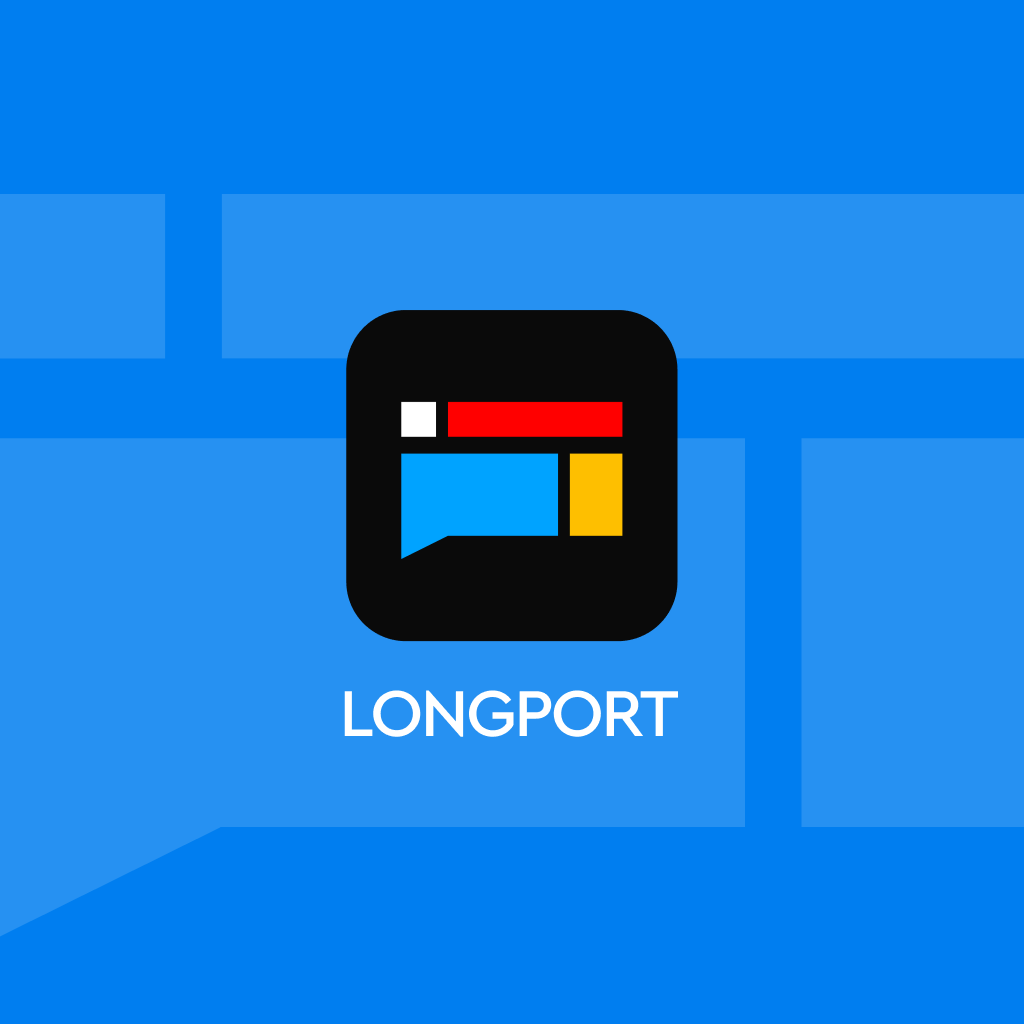
Eli Lilly's weight loss drug drags down Q4 revenue, but earnings exceed expectations and guidance meets expectations, with the stock price rising over 5% at one point | Earnings report insights

Eli Lilly's fourth-quarter performance was mixed, with a 45% year-on-year revenue growth, but due to forecast deviations in the demand for weight loss drug Zepbound and diabetes medication Mounjaro, reduced wholesaler inventory, and discount adjustments, revenue fell short of Wall Street's high expectations for two consecutive quarters. However, the demand for weight loss drugs remains strong, and the performance of established diabetes medications exceeded expectations, helping to offset the shortcomings of new drugs. Additionally, the profit guidance for fiscal year 2025 is in line with expectations. Eli Lilly stated that supply chain pressures are gradually easing, and it expects a 60% year-on-year increase in the mass production of GLP-1 receptor agonists in the first half of 2025
Despite poor sales of weight loss and diabetes drugs, which dragged down Eli Lilly's Q4 revenue slightly below expectations, the company's earnings per share still exceeded Wall Street's expectations.
On February 6th, Thursday, before the U.S. stock market opened, pharmaceutical giant Eli Lilly announced its Q4 results for the fiscal year 2024 and guidance for the fiscal year 2025.
1) Key Financial Data
Revenue: Q4 revenue was $13.53 billion, a year-on-year increase of 45%, slightly below the expected $13.57 billion.
Net Profit: Q4 net profit was $4.41 billion, a year-on-year increase of 101%.
EPS: Q4 adjusted earnings per share were $5.32, higher than the expected $4.95.
2) Performance Guidance
EPS: Eli Lilly expects earnings per share for the fiscal year 2025 to be between $22.50 and $24.00, which is roughly in line with analysts' expectations of $23.17. This data is consistent with the preliminary results released by Eli Lilly in January, which disappointed investors at the time.
Revenue: Eli Lilly expects sales for the fiscal year 2025 to be between $58 billion and $61 billion.

Mizuho analyst Jared Holz noted in a report that Eli Lilly's Q4 profits reflect "robust sales and operational leverage," and believes the company's full-year earnings guidance is "sufficient to reassure investors."
On Thursday, during U.S. stock trading, Eli Lilly's stock price rose more than 5.4% at one point.

New Drug Demand Forecasts Missed, Old Drugs Perform Well
Eli Lilly has failed to meet revenue expectations for the second consecutive quarter, primarily due to inaccurate demand forecasts for the new blockbuster drugs Zepbound and Mounjaro. Eli Lilly had already warned the market about potential sales weakness for its new drugs when it released preliminary results in January; however, sales of older diabetes drugs exceeded analysts' expectations, partially offsetting the shortfall in new drug sales.
Specifically, Eli Lilly's Mounjaro drug had Q4 sales of $3.53 billion, a year-on-year increase of 60%, slightly below the analysts' expectation of $3.62 billion; sales of the weight loss drug Zepbound were $1.91 billion, also below the expected $1.98 billion.
The company explained that although market demand for Zepbound and Mounjaro remains strong, sales data fell short of expectations due to wholesalers reducing inventory. Additionally, Eli Lilly made favorable changes to its estimates of "discounts and rebates" in Q4 2023, leading to a decrease in the actual selling price of Mounjaro, which affected total revenue Rebates and discounts refer to the incentives offered by companies to promote sales and attract customers. For example, if a drug's original price is $100 and a $20 discount was initially expected, but a $30 discount is ultimately given, it results in lower actual revenue.
In the case where the new drug has not fully met expectations, the company's established diabetes medication Jardiance has performed better than expected. Jardiance's Q4 sales reached $1.2 billion, a 50% year-on-year increase, far exceeding analysts' expectations of $901.5 million. This growth also includes a one-time gain of $300 million from a revised partnership agreement with Boehringer Ingelheim.
Expanding Production to Address Supply Shortages and Accelerate the Development of New Weight Loss Drugs
Eli Lilly pointed out that the sales growth is primarily due to strong demand and increased supply, with the demand for Eli Lilly's incretin drugs (such as Zepbound and Mounjaro) in the U.S. market still far exceeding supply.
To meet the enormous market demand, Eli Lilly and its competitor Novo Nordisk are investing heavily to expand production capacity. These efforts have already shown results, as the U.S. Food and Drug Administration (FDA) reaffirmed last December that the active ingredient tirzepatide in Zepbound and Mounjaro is no longer in shortage. Eli Lilly expects that the mass production of incretin doses in the first half of 2025 will be at least 1.6 times that of the first half of 2024, further enhancing market supply capacity.
Eli Lilly's research and development progress in the obesity treatment market is also receiving significant attention. The company plans to announce late-stage clinical data for its next-generation obesity drug retatrutide later this year, several months ahead of the original schedule. Retatrutide's mechanism of action differs from existing drugs. It aims to enhance weight loss effects by mimicking three hormones that regulate hunger (GLP-1, GIP, and glucagon).
Additionally, Eli Lilly is also developing the oral weight loss drug orforglipron, with clinical trial results expected to be announced mid-year.
Eli Lilly's Chief Financial Officer Lucas Montarce expressed excitement about the company's broad product portfolio in an interview following the earnings report, stating, "We are very excited about our extensive product portfolio, seeing growth not only in the incretin space but also in other therapeutic areas."
Intense Market Competition and Efforts for Insurance Coverage
Eli Lilly expects its revenue to reach $58 billion to $61 billion in 2025, representing a maximum growth of 35% compared to 2024. In contrast, its main competitor, Danish pharmaceutical company Novo Nordisk, expects a maximum sales growth of 24% this year.
Eli Lilly's Zepbound and Novo Nordisk's Wegovy are currently the two dominant products in the obesity treatment market. A recent comparative study showed that Eli Lilly's Zepbound outperformed Novo Nordisk's product over a 72-week treatment period, giving Eli Lilly a market advantage.
Moreover, the U.S. government's drug price control policies pose a potential threat to Eli Lilly's future development. According to the Inflation Reduction Act established during the Biden administration, Novo Nordisk's obesity drugs will see price reductions starting in 2027, which may affect the pricing of the entire obesity drug market Eli Lilly's Chief Financial Officer Anat Ashkenazi stated that drug price negotiations remain one of the company's top priorities following the new government's inauguration. Eli Lilly and its peers plan to request the Trump administration to suspend negotiations to revise certain Inflation Reduction Act policies. The company is particularly focused on modifying the provision that allows oral medications to be negotiated for pricing earlier than injectable biologics.
Another priority for Eli Lilly is to promote the Biden administration's proposal to cover obesity medications through Medicare (the government health insurance program for individuals aged 65 and older). Ashkenazi expressed optimism about the expansion of Medicare coverage based on preliminary communications with the Trump administration.
Ashkenazi said, "We feel that this proposal is gaining support and is expected to include obesity medications in the coverage of the government health insurance program."

